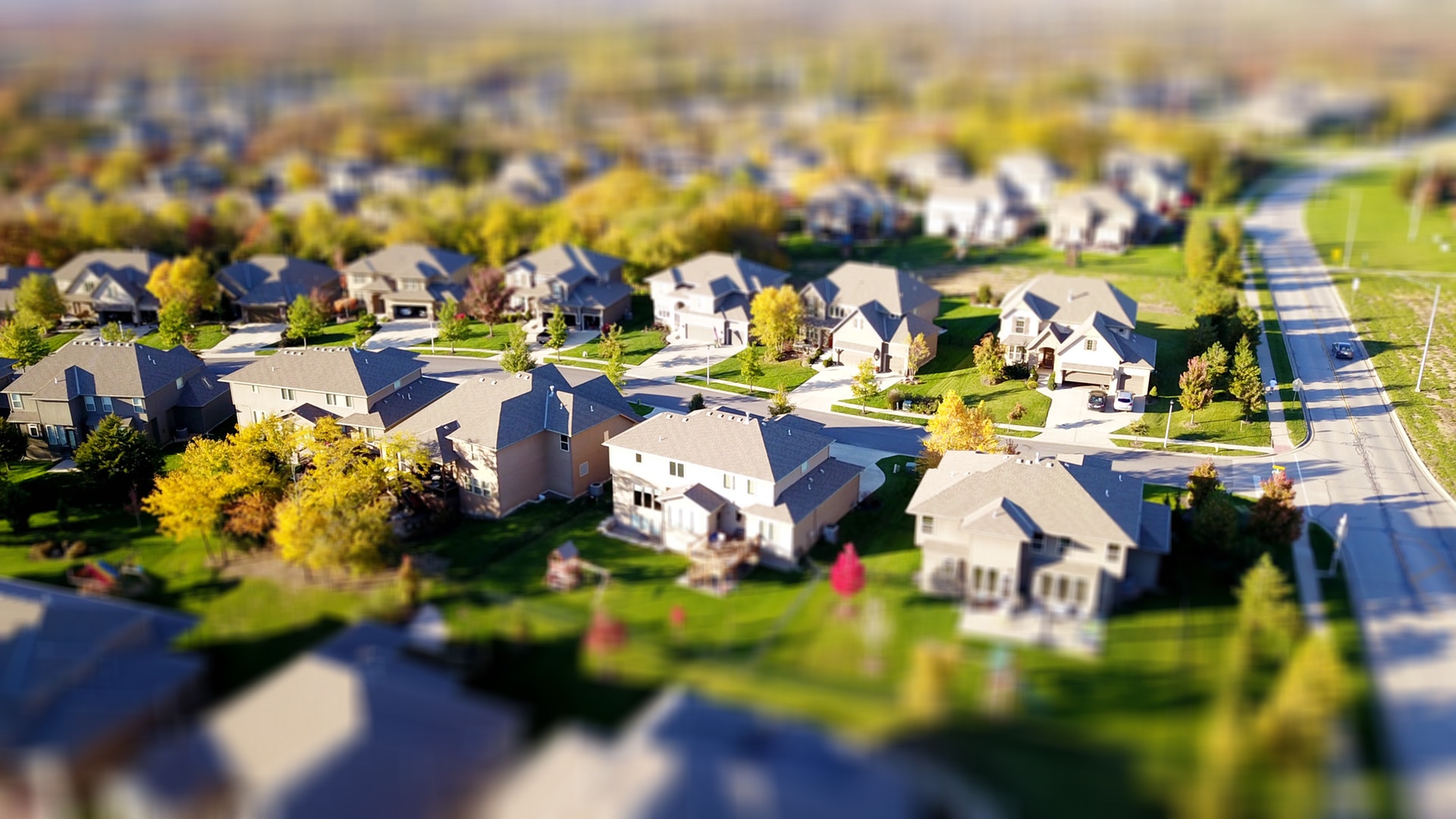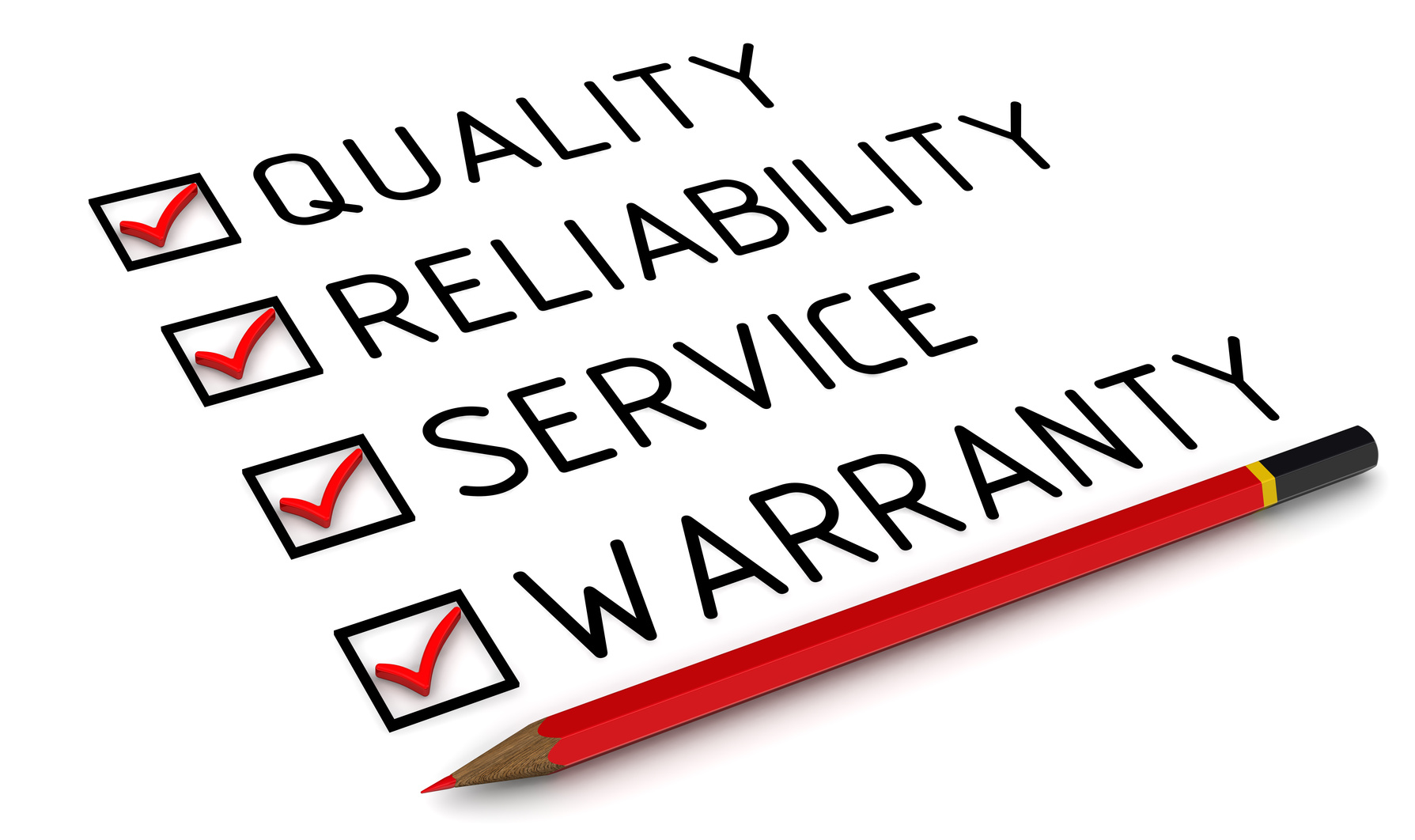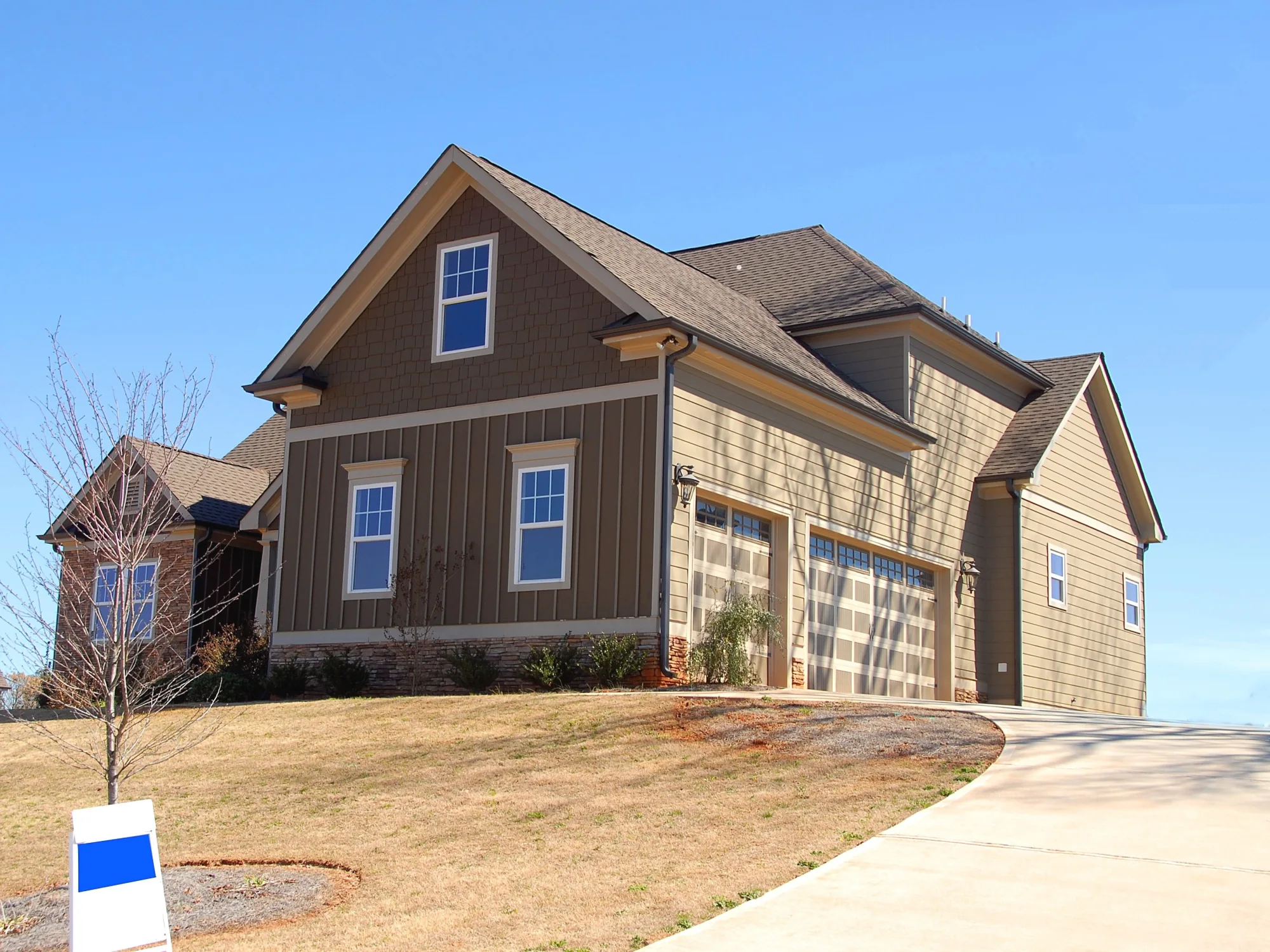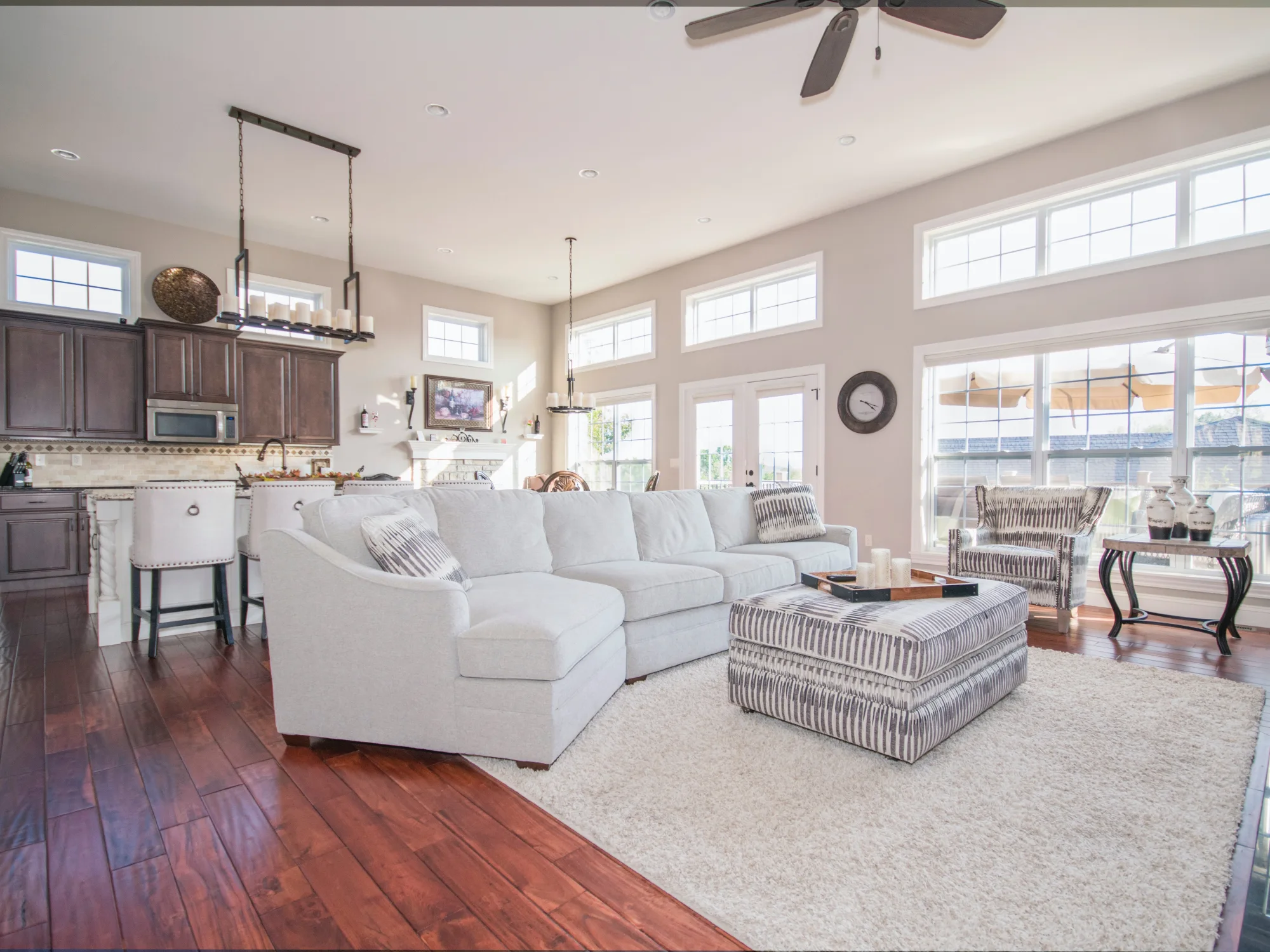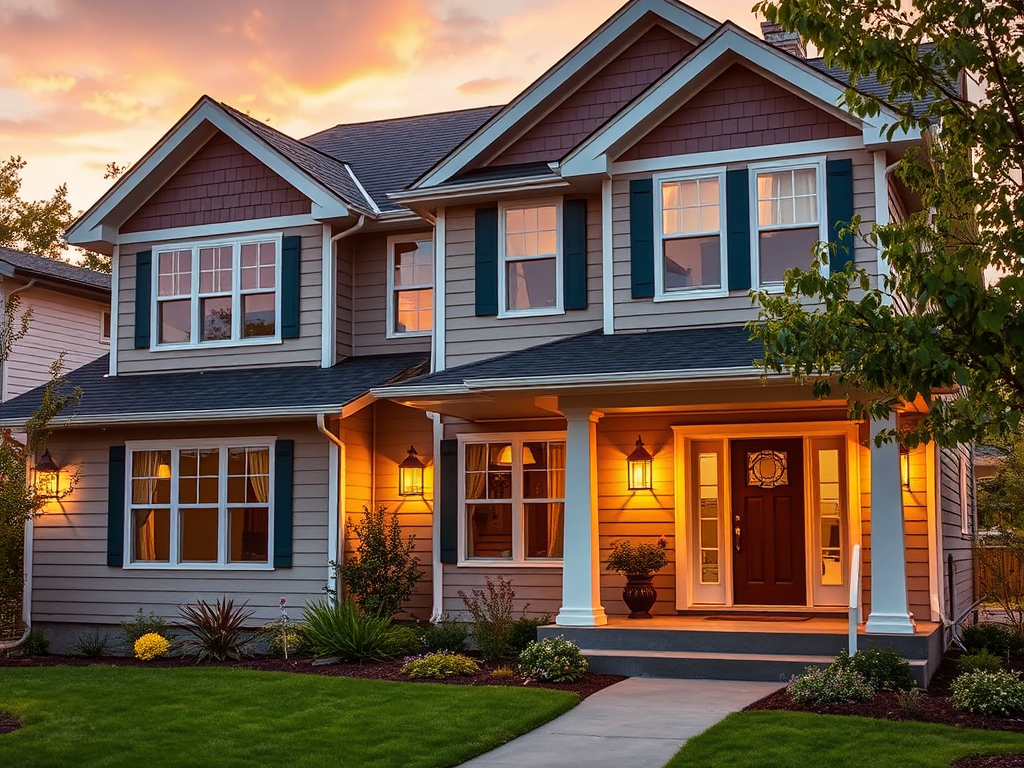Originally Posted October 15th, 2014
Written by Corey A. Thrush
As a homeowner you may have wondered to yourself, “What the heck does this R-Value exactly mean?” Or “What is more important, R-Value or U-Value?” and because of these questions you may have come to the point where you just say “Give me the best bang for my buck and cut down my energy costs!” As a home improvement company one of our main goals is to provide you, as the homeowner, with what we feel is the best product made available to us and educate you on that specific product so you have a better understanding of the product and materials that you are investing in.
Now back to the question… “What the heck does this R-Value exactly mean?” The answer is simple…. Resistance. The term R-Value refers to the insulating materials capacity to resist heat flow. Therefore, the higher the R-Value the better the product.
Let’s talk about U-Value now. One of the questions that a homeowner may ask is, “What is more important, R-Value or U-Value?” The answer to that questions is that they are both important! When speaking of R-Value we are generally talking about the insulation factor of a product. When we speak of U-Value we are speaking about the thermal transfer of heat throughout a product, such as the transfer of heat through glass. The easiest way to look at this number is that the lower it is, the better product is at reducing heat loss.
Now, as we stated earlier, you may say “Give me the best bang for my buck and cut down on my energy costs!” There are many ways to go about that. There are different glass packages, which will vary from single pane to triple pane and they can be filled with argon gas, and get ready, we’re going Superman on you… KRYPTON GAS!!! Depending on the area that you live in some of this can be over kill when it comes to what your home actually needs and this will reflect the price of the investment that you are making towards your home. The glass package that we prefer includes double pane glass, which is coated with triple silver low-e and contains argon gas within the panes and is sealed off with a stainless steel spacer. By using a package like this, the U-Value of our line of vinyl replacement windows comes in around a .24.
ROI…. What in the world is ROI??? Doesn’t that sound like some funky 90’s pop group? ROI actually stands for Return-On-Investment, which, in-turn, means the total amount of money that will be recouped from your initial investment. With a Return-On-Investment up to 78 percent, you may ask yourself “What exactly does that mean if I purchase new vinyl replacement windows for my home?” For example, if you invest $10,000 in vinyl replacement windows for your home, you will regain up to $7,800of your purchase! Meaning you actually invested $2,200 to enhance the appearance, improve the quality and make your home more energy efficient!
Now for the final phase of your statement…. “Cut down my energy cost!” There are a few factors that come into play when discussing the details of lowering your energy bills, but first let’s discuss the energy savings that your home may experience. For an average home, if we were to place all the doors and window openings on one side of that home, in theory, that home would look like a cardboard box that has been sitting open with one side completely exposed to the elements. There is that much glass on the exterior of a home! Windows manufactured with Low-E glass and argon gas to replace single pane windows that have single pane glass will reduce energy consumption. According to one reputable window manufacturer, new vinyl replacement windows in an entire home can eliminate up to 25 percent of the energy bill alone. If you’re monthly energy bills run, for example, $200 per month you may save up to $50each month with new energy efficient vinyl replacement windows!!! That’s an estimated $600 per year!!! With an approximate Return-On-Investment of 78 percent, you will virtually have paid for your new windows in 4 years!!!
Now hopefully you understand the science of the alphabet of the letters of the values when it comes to home improvements. Next time you are interested in making your home more energy efficient, be sure to take the time to ask these questions to the company that you have estimating your home. I hope that you enjoyed this quick blog, but it is that time… So until next time my friend, keep improving!


